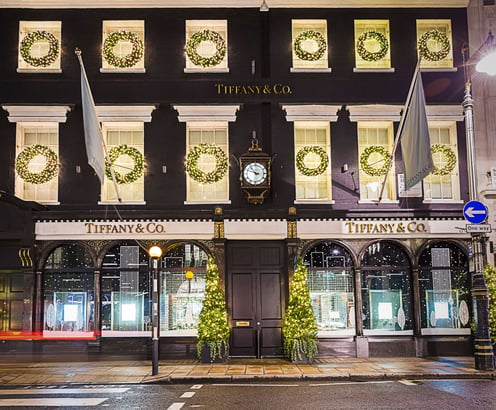
With the high street facing stiff competition from online, shops have to rethink their retail user strategy to encourage people to hit the pavements as well as the web. Recent developments include investments in new technology that allow customers to enjoy a tailored shopping experience.
This investment in shopper user experience is nothing new. Since the dawn of the high street, retailers have constantly strived to identify innovative ways to entice customers through their doors.
1870s
The end of the 19th Century saw the creation of the high street in Britain. According to social historians, this came at a time when people no longer possessed the facilities to grow their own food. Market stalls became shops where prices were fixed and new services were introduced such as home delivery and store credit.
Early 1900s
Any fans of Mr. Selfridge will know that the early 1900s were responsible for the term ‘retail therapy’. It was during the women’s movement that department stores opened their doors for the first time, giving suffragettes the perfect place to go in their free time. The emphasis was on beautiful displays and exceptional service. Personal shopping was also very popular for the wealthy who visited stores like Selfridges to be pampered, as Oxford Street expanded and became the number one destination for shoppers.
1960s
In 1966, Carnaby Street, home to boutique clothing retailers, was immortalised on the cover of Time Magazine as an emblem of London in the swinging sixties. This period really put fashion on the map, generating huge demand from the children of the revolution. The need for affordable fashion saw the launch of outlets like Topshop, Miss Selfridge and Debenhams. Cool ruled and shops turned their attention towards creating original window displays and interesting store layouts to entice fashionable youngsters to shop with them.
Across the pond, Audrey Hepburn embraced chic New York style in ‘Breakfast at Tiffany’s’. The movie brought opulence to the masses and put this iconic jewellers on the map, making it one of the top tourist destinations in the Big Apple.
 1970s
1970s
With the dawn of supermarkets, shopping became all about speed and convenience. People could buy their groceries under one roof, encouraging retailers to focus on colourful promotions and price wars with rival stores.
Early 1990s
Fashion retail in particular stepped up a gear, moving from straightforward clothing lines from the likes of Marks & Spencer and Next, to a near over saturation of retailers. It was a back to basics approach for retail user experience as products were selling themselves, further cemented by budget fast-fashion chain, Primark, gathering pace in the market.
2015 and beyond
The credit crunch dominated the headlines in the early noughties and online shopping was born. Some predicted the end was nigh for the high street. However, although more technologically savvy than ever before, there’s been a shift in the way we shop. More and more customers are heading back to the high street.
This is partly down to the amazing in-store experiences some retailers are investing in. From greater integration of technology, such as free Wi-Fi, and ‘comfort zones’, retailers are realising that the sales floor is no longer about just selling products, but also the brand image.
Interactive window displays and augmented reality will gather pace with some larger retailers experimenting with the likes of virtual fitting rooms in flagship stores. Augmented reality make-up mirrors are becoming more common in department stores too.
To a certain extent, technology is taking us back to the 1900s style of shopping. By capturing data and providing a tailored shopping user experience, large retailers are now able to speak to each customer in a way that feels a lot more personal.



